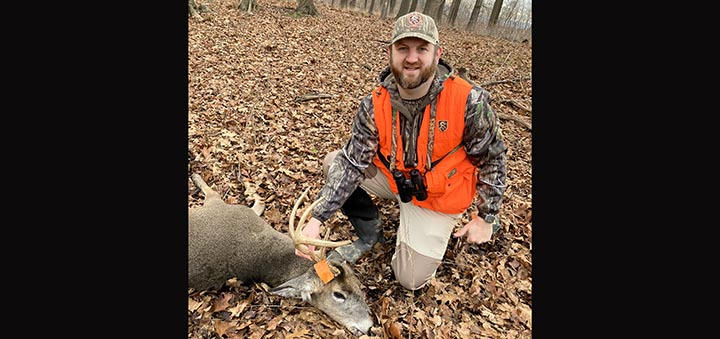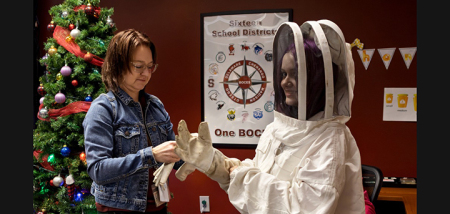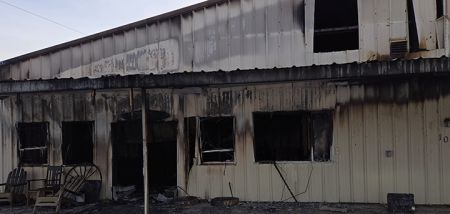Outdoor Chenango: Preparing Your Traps
Published:
July 10th, 2024
By:
Eric Davis

October 25 marks the first day you can set traps to catch some species of furbearers in New York. It may seem like it’s a way away but it will be here before you know it, so start preparing your traps now so they are ready to go on opening day.
If you are using traps that you already had last year, the first step is to give them a quick inspection. Spotting problems now could save you later. Make sure the trap sets and goes off, then make sure each trap has your name tag on it. In New York, your tag can have either your name and address or your 12-digit NYSDEC ID number (which is on your license). Some people like the DEC ID number so that if someone finds their trap that doesn’t like trapping, they cannot find you. Environmental Conservation Officers can put the ID in their computers to get your information if they need to contact you about your traps. Once you have checked all the traps and made sure they are good to go, slightly open the jaws and insert a nail unless they are rubber-jawed traps. I use a piece of wire and make a loop and put 4-6 traps on a loop at the end of their chains.
While there are many ways to boil your traps, I like to use a turkey fryer and a large stock pot. Some people use small water tubs used for livestock and I’ve seen guys use old beer kegs that were cut open. Fill the pot about hallway with water and put some degreaser in the water (toilet cleaner works well surprisingly). Bring the water to a boil and lower in a group of traps slowly. Depending on the trap size, you can sometimes get multiple bunches in the water at a time. Let the trap sit in the pot for about half an hour. After taking them off, spray them with a garden hose to remove any wax that might have clung on after pulling the traps up out of the water (the wax floats on the water). Hang the traps to dry someplace. I like to stand a pallet up and put nails across the top, hanging each wired loop of traps from a nail. Keep putting in traps and taking them out until you have done all of them.
Let the traps sit outside for a week at a minimum to start getting some surface rust. The porosity of the rust lets the dye soak in better. Using the same pot as before, fill it about halfway with water and start heating it. I like logwood dye powder; one packet covers a couple dozen traps usually. Follow the direction on the packet for how long to leave your traps in the dye.
The final step is to wax your traps. You should do this the same day as dyeing your traps if possible. I keep my wax in a separate pot to keep it from being contaminated and as scent-free as possible. Warm us the wax slowly and wait for it to look like fryer oil. Make sure your traps don’t have any water on them as the water will cause the wax to spurt and gurgle. Slowly lower a bundle of traps into the melted wax. Immediately you will see a heavy layer of wax form on the traps since they are colder than the wax. Wait a few minutes until that heavy layer melts off as the traps get warmer. Now you can remove the traps from the pot and let the wax drip back into the pot for 10 or 15 seconds. Take the bundle and hang it to air dry out of direct sunlight.
Once all the traps have been waxed and are dry, remove them from their bundle, scrape the excess wax off the dog and pan latch, remove the nail from between the jaws, set the trap and test fire it. Make sure it fires as a reasonable pan level and under the right amount of pressure on the pan. If the trap passes this, add a cable stake (if you use cable stakes) and place it into a plastic tote.
Remember, do not wax conibear or body-gripping traps. This makes them fire easier and can cause you a lot of pain if they accidentally fire when you are setting the trap.
Author: Eric Davis - More From This Author
Comments






